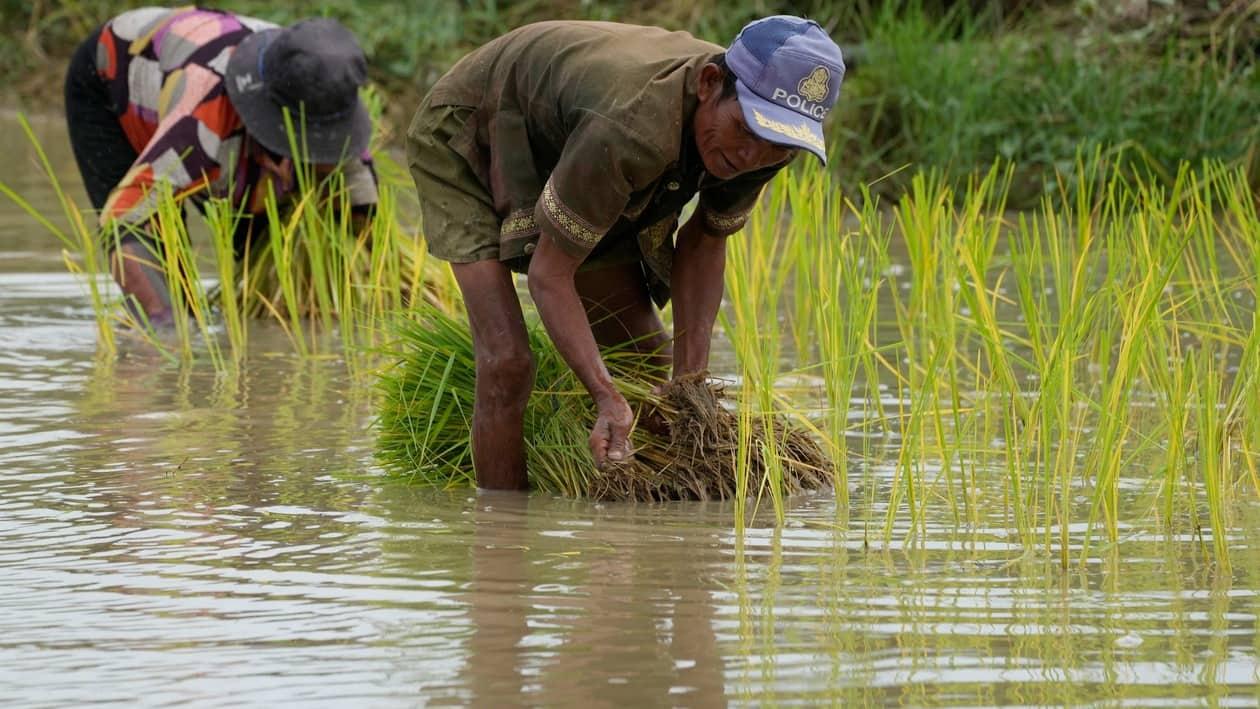Some of India's top rice-producing states, such as Gangetic West Bengal, Bihar, Uttar Pradesh, and Jharkhand, have recorded a rainfall deficit. According to data from the India Meteorological Department, the rainfall deficit in Bihar was 38% and 45% in Jharkhand as of August 08, and the deficit in East and West Uttar Pradesh was 43% and 36%, respectively. The Gangetic West Bengal has witnessed 46% less rainfall.
Due to the shortage of rainfall, paddy sowing in India is now down by 13%. This could have global implications too, as India is the second largest exporter of rice in the world. Overall, only 866 lakh hectares of the field have been sown this Kharif season, representing a dip of 4 lakh hectares from last year, Business Insider reported, quoting a Yes Bank report.
Paddy is the biggest food grain during the Kharif season. Lower output has raised concerns about a possible rise in the price of rice. This occurred at a time when wheat production in the country was shrinking.
There has been a global shortage of rice right now too due to adverse weather conditions across top rice suppliers in Asia. If the production of rice is impacted in India, it would lead to a limited export capacity for the country, especially amid the supply chain disruptions caused by the Russia-Ukraine war and climate change, said Yes Securities.
Globally, ten countries account for nearly 85% of global rice production, with China and India leading the way. China has already witnessed a decline in rice yield due to pest issues, whereas other rice-producing countries like Thailand and Vietnam have reported a decline in crop yields too, along with the increased cost of production.
Rice prices have shot up due to the rise in demand from Bangladesh, Iran, Iraq, and Saudi Arabia. Bangladesh has reduced its import duty and tariff to 25%, from the previous 62.5%, in June 2022. The revised import policy had encouraged more Indian traders to export rice out of India to clock in more income, which led to a 10% jump in rice prices in the first five days of the announcement, the report said.
According to media reports, the government is considering restrictions on rice exports. The Centre has already curbed wheat and sugar exports to safeguard food security and control local prices.
Wheat production was hit due to a sudden rise in temperatures between April and May, which led to a ban on exports. According to agriculture ministry data, wheat output in the 2021-22 crop year (July-June) declined by around 3% on year to 106 million tonne (MT) from 109 MT.
In mid-February, nearly a month before the recent hot spell, the government said India was on course to harvest an all-time high of 111.32 million tonnes of grain.
Further, a Reuters report said that India could scrap a 40% duty on wheat imports. India last imported wheat from Australia, Russia, and Ukraine in 2017–18.
In April 2019, India raised the import duty on wheat to 40% from 30% to support local farmers.
Disclaimer: The views and recommendations made above are those of individual analysts or broking companies, and not of MintGenie.
